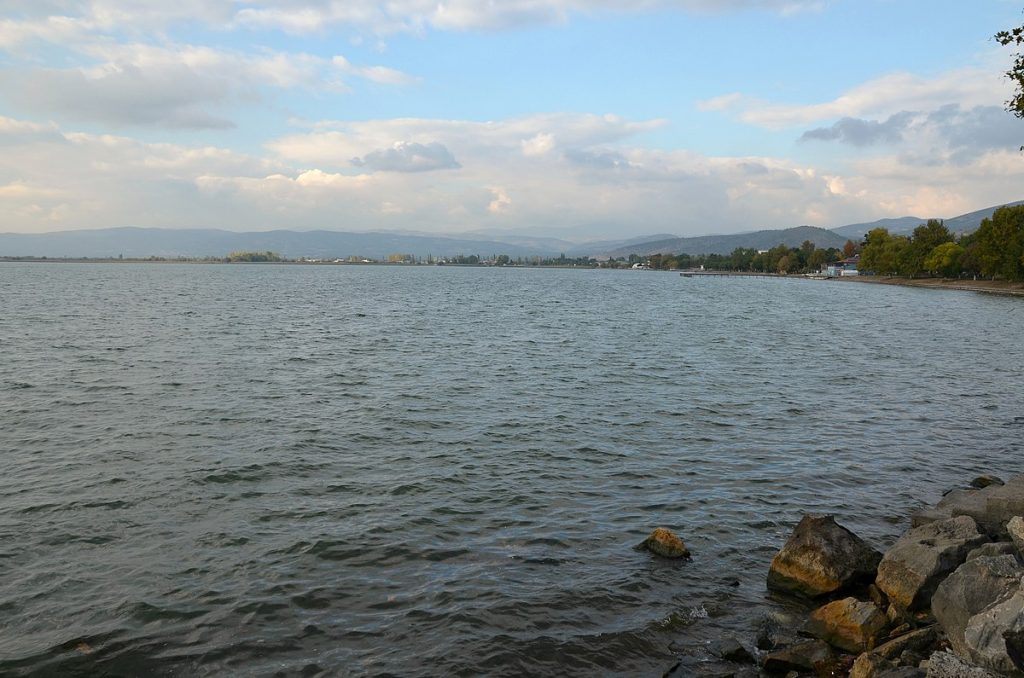Although the empire of the Seljuk Turks, at the period of the arrival of the Crusaders in Asia, already inclined towards its fall, it nevertheless presented a formidable barrier to the warriors of the West. The kingdom of Ezerum, or Rum, extended from the Orontes and the Euphrates to the neighborhood of the Bosporus, and comprised the richest provinces of Asia Minor. The Turks were animated by the double enthusiasm of religion and victory. Abandoning the cares of agriculture and commerce to the Greeks, their slaves, they knew no profession but that of arms, or desired other wealth but the booty obtained from their enemies.

Sipahi (light Turkish cavalry)
Their present chief was the son of Suleyman, whose victories over the Christians had procured him the name of the Sacred Champion. David, surnamed Kilij Arslan, or the Sword of the Lion, brought up amidst the troubles of civil war, and for a long time detained a prisoner in the fortress of Khorasan by the orders of Malik Shah, had ascended the throne of his father, and maintained his position by his valor. He possessed a genius rich in resources, and a character not to be subdued by reverses. On the approach of the Crusaders, he summoned his subjects and his allies to his defense. From all the provinces of Asia Minor, and even from Persia, the bravest defenders of Islamism hastened to range themselves beneath his banner.
Not content with assembling an army, he at first gave all his attention to the fortifying of the city of Nicaea [Iznik], to which the earliest attempts of the Christians would be directed. This city, the capital of Bithynia, and celebrated by the holding of two councils, was the seat of the empire of Rum; and it was there that the Turks, as in an advanced post, awaited an opportunity to attack Constantinople, and precipitate themselves upon Europe. High mountains defended the approach to it. Towards the west and the south the Lake of Ascanius [Lake Iznik] bathed its ramparts, and preserved to the inhabitants an easy communication with the sea. Large ditches, filled with water, surrounded the place. Three hundred and seventy towers of brick or stone protected the double enclosure of its walls, which were wide enough for the passage of a chariot. The chosen of the Turkish warriors composed its garrison, and the sultan of Rum, ready to defend it, was encamped upon the neighboring mountains, at the head of an army of a hundred thousand men.
Full of just confidence in their own strength, and ignorant of that which could be opposed to them, the Crusaders advanced towards Nicaea. Never had the plains of Bithynia presented a more magnificent or a more terrible spectacle. The numbers of the Crusaders exceeded the population of many great cities of the West, and were sufficient to cover the largest plains. The Turks, from their encampments on the summits of the mountains, must have beheld, with terror, an army composed of more than a hundred thousand horse and five hundred thousand foot, the picked men of the warlike nations of Europe, who were come to dispute with them the possession of Asia.
Joseph François Michaud, The History of the Crusades of the Crusades, trans. W. Robson (New York, Redfield, 1853), vol. I, 97-8. [Nobility.org Editor: Names have been updated to reflect their modern spelling.]
Stories on Honor, Chivalry, and the World of Nobility—no. 651












